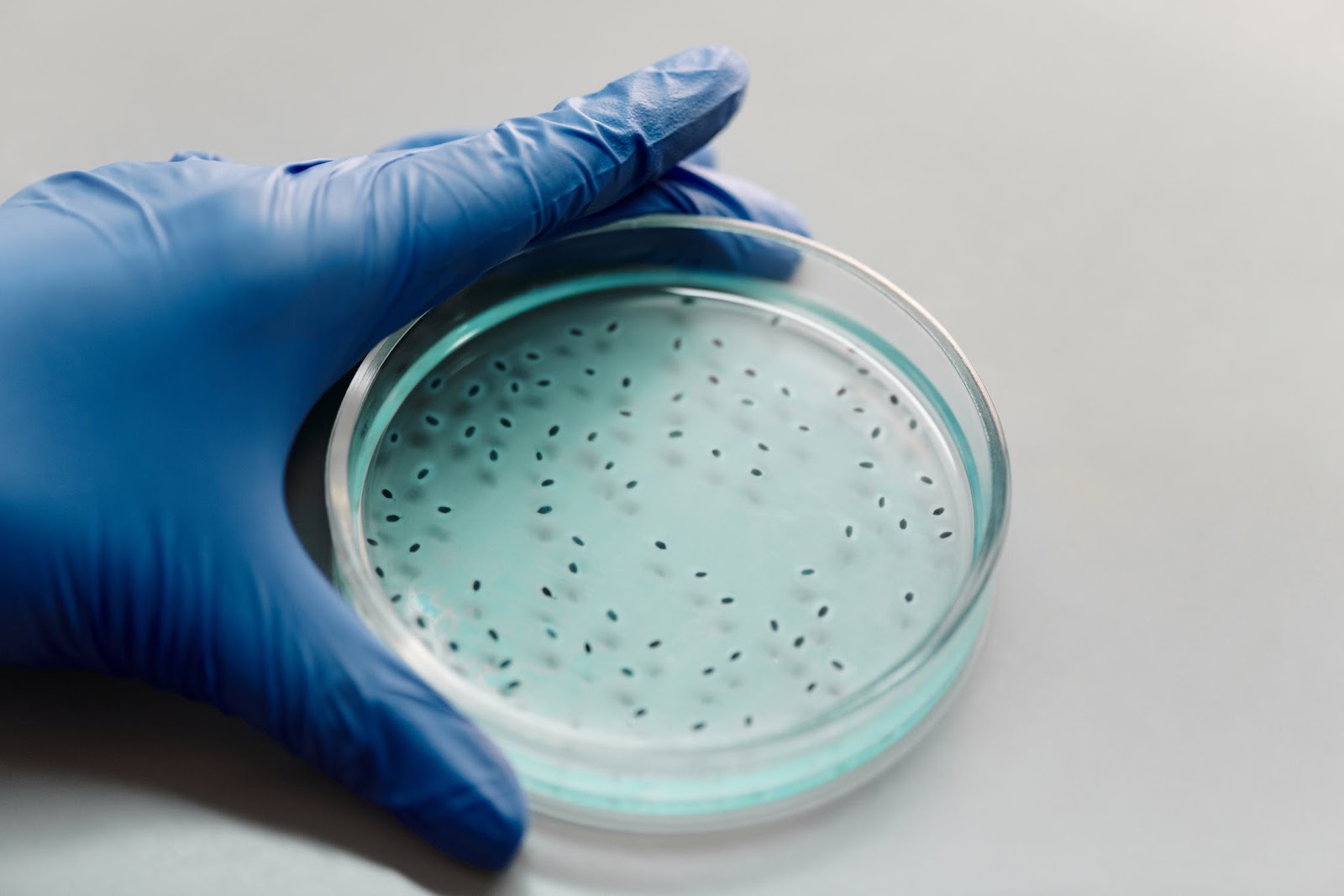A recent study reveals that about 75% of women will suffer a vaginal yeast infection ultimately in their lifetime, and up to 45% of those women will have double yeast infections.
Sadly, this is a daunting prospect, particularly if you’ve had one before — it’s not something you’d like to experience again. Thankfully, you can make various dietary and lifestyle changes to prevent a yeast infection.
However, when something disrupts that balance, a fungus called candida develops out of control and induces a yeast infection. Although yeast infections can happen to anyone abruptly, certain things make getting them more likely.
This article broadly discusses all women must know about vaginal yeast infection. From what it means, its causes, and symptoms, to the risk factors and prevention.
Let’s delve into detail!
What Is a Vaginal Yeast Infection?
Also called vaginal candidiasis, a vaginal yeast infection is a fungal infection. It causes discharge, irritation, and intense itchiness of the vagina and the vulva (the tissues at the vaginal opening). As previously stated, vaginal yeast infection affects up to 3 out of 4 women at some time in their lifetimes. Most women experience at least two episodes. Usually, a vaginal yeast infection is not considered a sexually transmitted infection. But simultaneously, there is a heightened risk of contracting a vaginal yeast infection during the first regular sexual activity. In addition, there is also some indication that infections may be associated with mouth-to-genital contact (oral-genital sex). It is noteworthy that you can treat vaginal yeast infections effectively with over-the-counter yeast infection treatments, especially if you are positive that you have the infection. These treatments prevent the fungi from spreading and worsening the situation. It’s usually advisable to consult a healthcare provider to make sure you’re buying the right treatment or maintenance plan. Having understood this, let’s examine what causes vaginal yeast infection.Causes of Vaginal Yeast Infection
Most vaginal yeast infections are induced by the fungus candida albicans. As indicated earlier, the vagina typically contains a proportional mix of yeast, including bacteria and candida. However, when the balance is disrupted, an overgrowth of the fungus – candida albicans occurs and this results in a vaginal yeast infection. Other causes of vaginal yeast infection include the following:- Impaired immune system because of certain medications or conditions such as HIV infection
- Intake of oral contraceptives or hormone therapy that increases estrogen levels
- Antibiotic use, causing an imbalance in natural vaginal floral
- Pregnancy
- Uncontrolled diabetes
Symptoms of Vaginal Yeast Infection
Vaginal yeast infection symptoms can range from mild to moderate, and they include:- Burning sensation, particularly while urinating or during sexual intercourse
- Irritation and throbbing in the vagina and vulva
- Redness and swelling of the vulva
- Vaginal rashes
- Coarse, white, odorless vaginal discharge with a cottage cheese appearance
- Vaginal soreness and pain
- Extensive redness of the vagina, and
- Swelling and itching, leading to cracks, sores, or tears.
Risk Factors of a Vaginal Yeast Infection
Some of the factors that increase your risk of developing a yeast infection include the following:- Antibiotic Use
- Increased Estrogen Levels
- Uncontrolled Diabetes
- Impaired Immune System
When to See a Doctor
You can make an appointment with a healthcare provider if:- It is your first time having a vaginal yeast infection
- You are skeptical about having a yeast infection
- The symptoms are not relieved after treating with over-the-counter yeast infection treatments, soothing cream for yeast infections, or other suppositories
- You develop other symptoms, such as the complicated ones mentioned above.
Prevention of Vaginal Yeast Infections
To reduce your risk of vaginal yeast infections, it is best to wear underwear with cotton crotches and those that don’t fit too tightly. It might also help to avoid the following:- Tight-fitting pantyhose
- Scented feminine products, such as pads, tampons, bubble baths, and many more
- Staying in wet clothes, such as swimsuits and workout attire, for extended periods
- Douching, which removes some of the natural and healthy vagina bacteria that protect you from infection
- Hot tubs and very hot baths
- Needless antibiotic use for colds or other viral infections
Conclusion
Yeast infections are inevitable and widespread occurrences. However, immediate yeast infection medication and treatment can help reduce the uncomfortable symptoms within a few days. Also, recognizing your risk factors can help prevent future infections. Should you have recurring vaginal yeast infections, lasting more than a month, don’t hesitate to consult your doctor.Frequently Asked Questions about Vaginal Yeast Infections
- Who Is Susceptible to Vaginal infections?
- How Long Do Vaginal Yeast Infections Last?
- Can a Vaginal Yeast Infection Leave without Medications?

